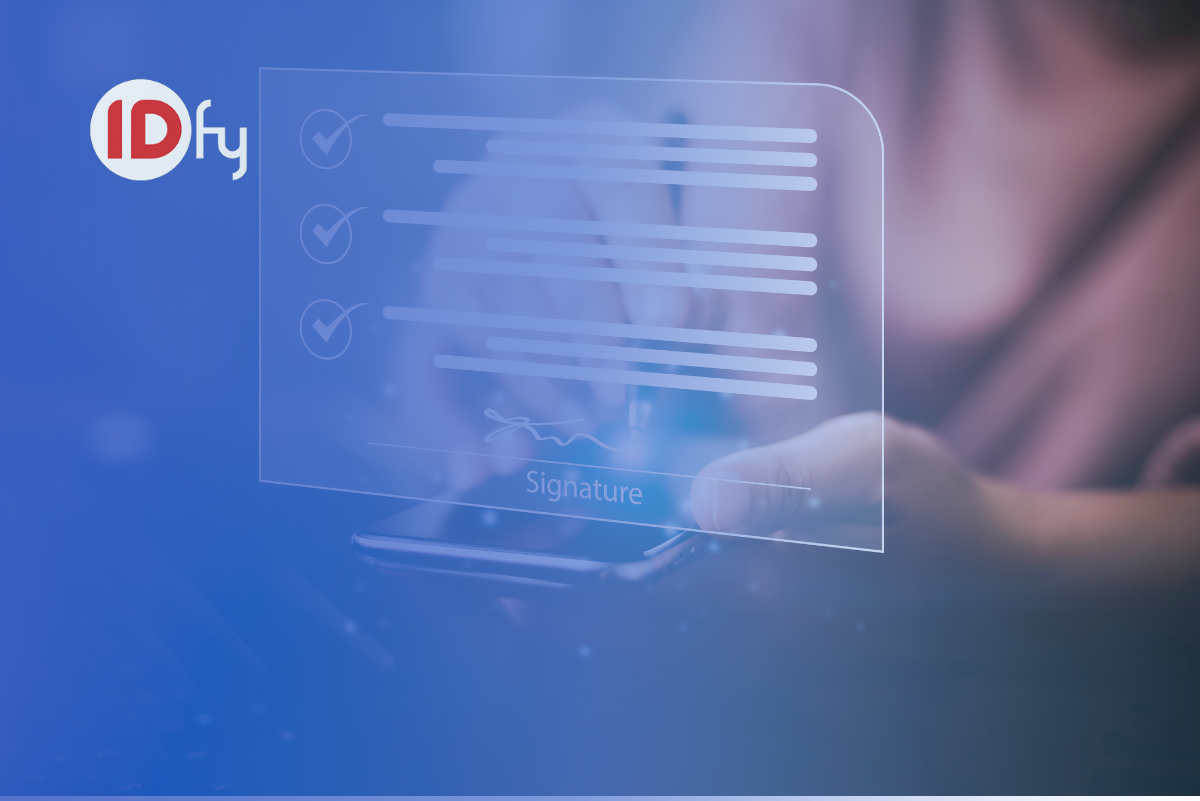Welcome to the digital age, where convenience thrives but not without risks. As our lives become increasingly intertwined with technology, the threat of fraud has increased. However, fear not, for esign verification stands as a shield against digital fraudsters. In this blog post, we’ll explore how esign verification acts as a safeguard in the digital world, thwarting fraudsters’ attempts to exploit vulnerabilities. Let’s dive in!
The Alarming Rise of Digital Fraud
In this fast-paced digital world, fraud has taken on new forms and is alarmingly prevalent. From identity theft to document tampering, fraudsters exploit vulnerabilities. The consequences of digital fraud are grave, causing financial loss, reputational damage, and personal distress.
Understanding Esign Verification
Before we delve into how esign verification combats fraud, let’s understand what it entails. Esign verification, or electronic signature verification, replaces traditional pen-and-paper signatures with secure digital equivalents. It ensures the authenticity and integrity of electronic documents, ensuring trust and eliminating room for fraudulent activities.
Ensuring Security with Esign Verification
Esign verification acts as a defender against digital fraud by employing robust security measures. With advanced authentication mechanisms, it verifies the identity of signatories, preventing unauthorized access and impersonation attempts. Encryption techniques transform sensitive data into an unreadable format, rendering it useless to hackers.
Countering Identity Theft and Impersonation
Identity theft plagues the digital landscape, leaving victims vulnerable to fraudulent activities. However, esign verification provides a formidable defense against this menace. Through multi-factor authentication, including email verification and one-time passwords (OTPs), it ensures that signatories are who they claim to be. By establishing a secure digital identity, esign verification leaves no room for impersonators to exploit.
Tamper-Evident Technology: Safeguarding Document Integrity
Fraudsters may attempt to manipulate digital documents to serve their malicious purposes. Esign verification, however, incorporates tamper-evident technology. By creating a digital fingerprint of each document and securely storing it, any alteration attempts are immediately detectable. Any tampering with the document triggers an alert, preserving the integrity of critical agreements.
Vigilance Against Phishing and Social Engineering Attacks
Phishing and social engineering attacks are prevalent in the digital realm, exploiting human vulnerabilities to gain unauthorized access to sensitive information. Esign verification uses real-time monitoring and alerts. Suspicious activities trigger immediate notifications, allowing businesses to take swift action.
Realizing the Benefits of Esign Verification in Fraud Prevention
The implementation of esign verification yields numerous benefits in the fight against digital fraud. Enhanced authentication mechanisms, such as biometrics and digital certificates, fortify the verification process. The encryption of data ensures that confidential information remains secure throughout the transaction. Additionally, comprehensive audit trails provide a transparent record of document activities, aiding in fraud detection and investigation.
Best Practices: Implementing Esign Verification for Maximum Protection
To maximize the effectiveness of esign verification in fraud prevention, it’s essential to follow best practices. Here are some key recommendations:
- Choose a Reputable Esign Verification Provider: Select a trusted and well-established esignature platform that prioritizes security and compliance. Look for certifications and industry recognition to ensure their commitment to safeguarding your digital transactions.
- Educate Users on Secure Esignature Practices: Train your employees, clients, or partners on the importance of secure esignature usage. Encourage them to create strong passwords, enable two-factor authentication, and avoid sharing their login credentials.
- Regularly Update and Maintain Security Protocols: Stay vigilant by keeping your esign verification system up to date with the latest security patches and upgrades. Regularly monitor and audit your security protocols to identify and address any potential vulnerabilities promptly.
- Implement User Access Controls: Limit access privileges to authorized personnel only. Assign different levels of access based on job roles and responsibilities. This helps minimize the risk of unauthorized access or misuse of sensitive information.
- Monitor System Logs for Suspicious Activity: Implement a system that tracks and logs all activities within the esignature platform. Regularly review these logs to detect any unusual patterns or suspicious behavior, allowing you to take immediate action to prevent potential fraud.
- Conduct Security Awareness Training: Promote a culture of security awareness within your organization. Educate employees about the latest fraud techniques, phishing attempts, and social engineering tactics. Encourage them to report any suspicious activity promptly.
- Regularly Assess and Enhance Security Measures: Perform regular risk assessments to identify potential vulnerabilities in your esign verification system. Based on the findings, enhance your security measures to ensure robust protection against emerging fraud threats.
- Collaborate with Legal and Compliance Experts: Engage legal and compliance professionals to ensure your esign verification processes align with relevant regulations and industry standards. Stay updated on changing legal requirements to maintain compliance and mitigate potential risks.
- Stay Informed about Emerging Fraud Trends: Keep yourself informed about the latest fraud trends, techniques, and technologies. Subscribe to industry newsletters, attend webinars, and participate in relevant forums to stay ahead of fraudsters and implement proactive measures.
Conclusion:
In the digital world, where fraud threatens our security and trust, esign verification emerges as a formidable guardian. By implementing robust security measures, such as enhanced authentication, tamper-evident technology, and real-time monitoring, esign verification thwarts fraudsters’ attempts and safeguards our digital transactions. By following best practices, staying informed, and collaborating with legal and compliance experts, organizations can maximize the effectiveness of esign verification in combating digital fraud. Embrace the power of esign verification and embark on a secure digital journey where trust prevails, and fraud retreats to the shadows.

 Video KYC
Video KYC

